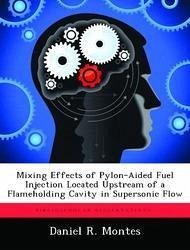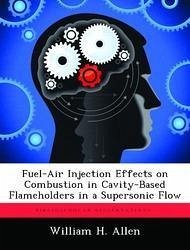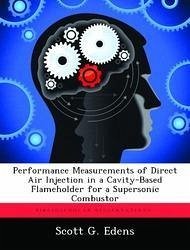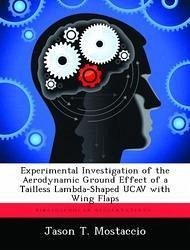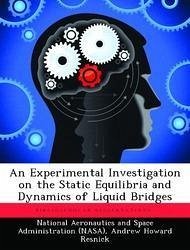
Experimental Investigation of the Influence of Molecular Weight on Mixing and Penetration in Supersonic Dissimilar Gaseous Injection Into a Supersonic
Versandkostenfrei!
Versandfertig in über 4 Wochen
59,99 €
inkl. MwSt.

PAYBACK Punkte
30 °P sammeln!
In pursuit of a more efficient and effective fuel-air mixing for a SCRAM jet combustor, this study investigated relative near field effects of molecular weight on mixing and penetration of different gaseous injection into a supersonic (M=2.9) cross flow. Helium and argon gas were chosen as injectants because of the large differences in molecular weights. Also, mixing enhancement was observed by injecting the traverse gas jet parallel to the compression face of a ramp. Color schlieren photography was used to identify the shock structures and interactions in the flow field. Measurements of mean ...
In pursuit of a more efficient and effective fuel-air mixing for a SCRAM jet combustor, this study investigated relative near field effects of molecular weight on mixing and penetration of different gaseous injection into a supersonic (M=2.9) cross flow. Helium and argon gas were chosen as injectants because of the large differences in molecular weights. Also, mixing enhancement was observed by injecting the traverse gas jet parallel to the compression face of a ramp. Color schlieren photography was used to identify the shock structures and interactions in the flow field. Measurements of mean flow properties were used to establish the jet plume size, penetration, and concentration and to quantify the total pressure loss. Results indicate greater mixing and plume expansion can be achieved with helium compared to argon.



